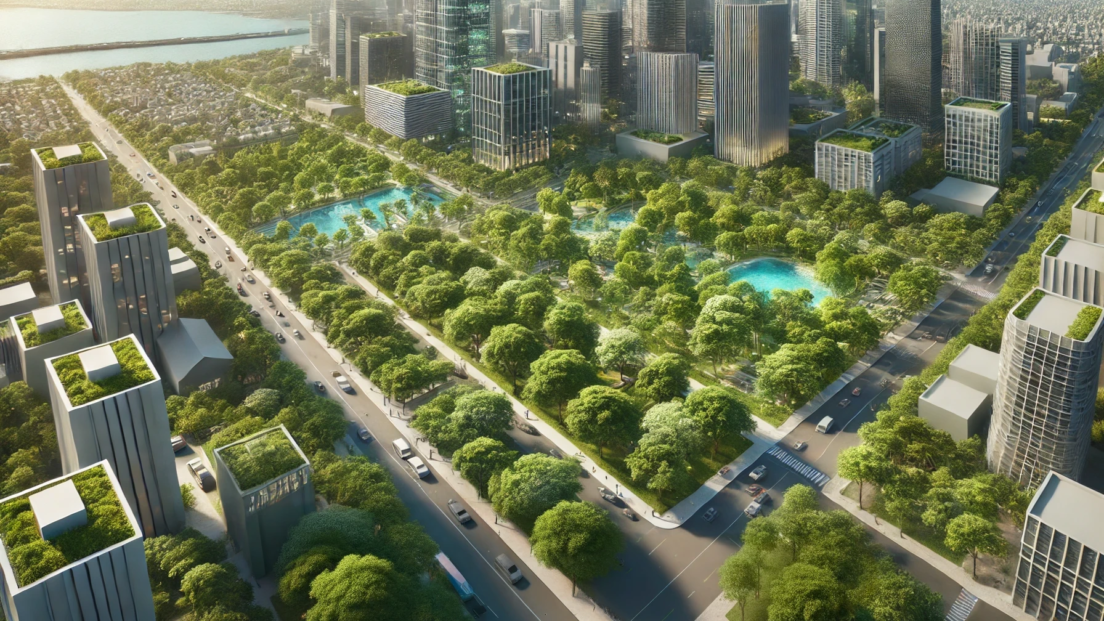Urban forests are the backbone of biocities

Jerylee Wilkes-Allemann from Bern University of Applied Sciences advocates for giving more attention to urban forests in city planning. These urban forests are central to the future cityscape, contributing to cooling, air purification, and recreation.
Jerylee Wilkes-Allemann, Senior Scientist in the Department of Forest Sciences at the School of Agricultural, Forest and Food Sciences at Bern University of Applied Sciences(BFH), argues that more attention should be paid to urban forests in urban planning. “These urban forests form the link between rural regions and urban areas,” the researcher is quoted as saying in a BFH article.
Their diverse services for the ecosystem make them the “backbone of biocities”, the cities of the future. In these cities, green spaces act as central elements of holistic design. Trees and groups of trees, avenues, parks and urban forests provide cooling and thus counteract urban heat islands. They provide oxygen and at the same time filter pollutants from the air. They also provide recreational areas. This is why it is particularly important to protect and maintain forests close to cities, which make up around 18 percent of Switzerland’s forest cover.
According to the expert, integrating trees into urban planning requires political will. But “unfortunately, the benefits and value of urban forests are still not recognized by many cities”. Trees and groups of trees are often “perceived as a burden, appear to be in the way and are removed”.
In view of the great demand for living space, they also have a difficult time. However, she is convinced that urban forests are also possible in new construction projects: “In new buildings, existing trees should be integrated into the planning from the outset. This makes far more sense than first cutting down trees and then planting them again.”